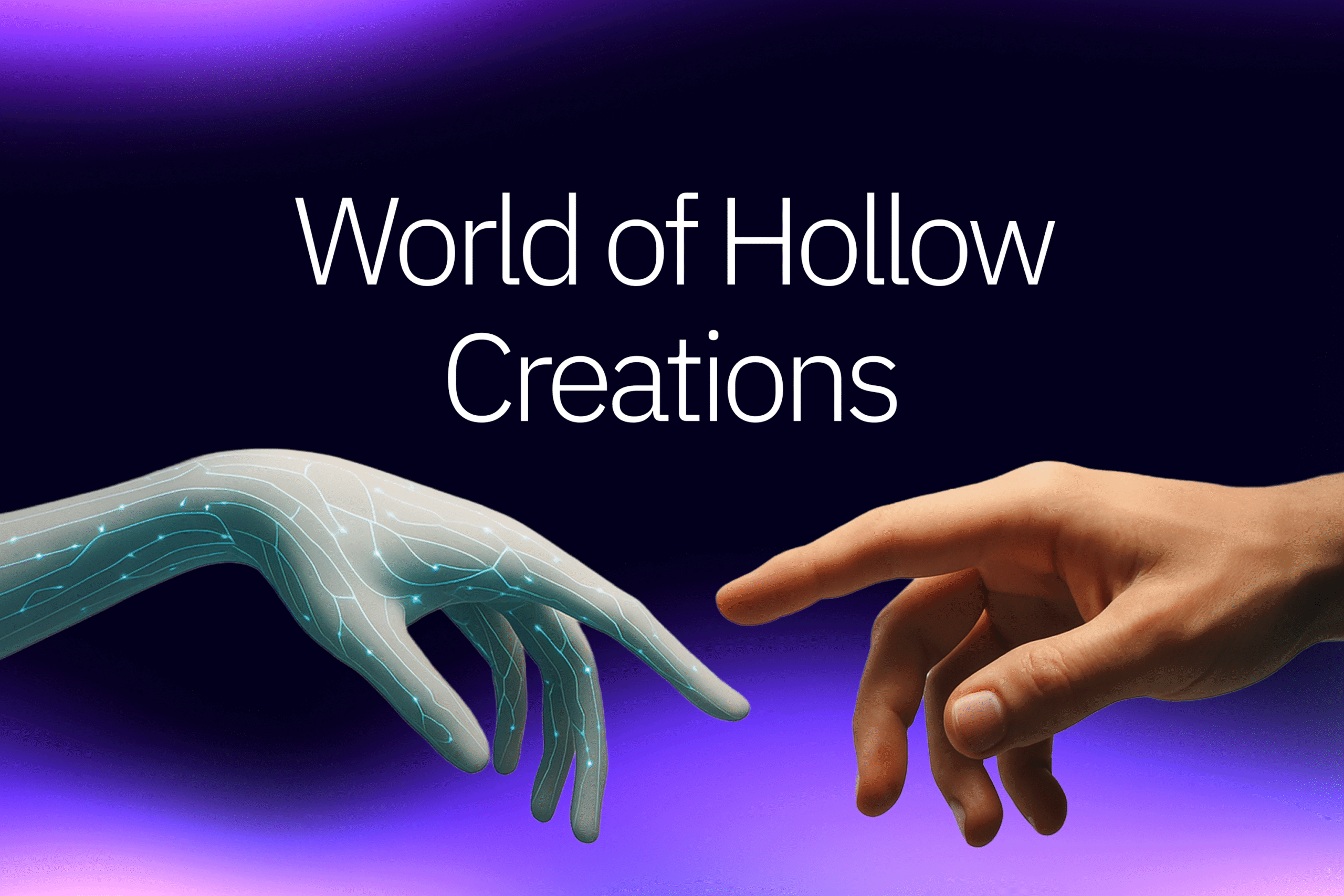There’s something haunting about watching a robot dance. The movements may be precise, even beautiful, but there’s an emptiness at its core. The Tesla robot performs without joy, without feeling, without any internal experience of the dance. It’s a mechanical mimicry of something deeply human.
This mirrors what many feel when encountering AI-generated writing or art. The words might flow, the sentences might connect, but there’s no soul behind them—no lived experience, no suffering overcome, no genuine wonder or delight.
So what does this reveal about meaning in our human lives?
Perhaps meaning isn’t found in mere production or performance, but in the subjective experience that accompanies creation. The robot dances, but doesn’t feel the dance. An algorithm might write, but doesn’t know the weight of the words.
What makes our lives meaningful is precisely what machines lack: our capacity to feel, to suffer, to love, to wonder, to connect. Meaning emerges from our consciousness experiencing itself and others. It comes from the relationships we build, the beauty we genuinely appreciate, the suffering we endure and transcend.

In a world increasingly populated by hollow creations—dancing without joy, writing without understanding—the uniquely human capacity for authentic experience becomes all the more precious.
Perhaps that’s where meaning lives: not in what we do, but in how we experience what we do. Not in the dance, but in the joy of dancing. Not in the words, but in the truth they carry from one conscious being to another.










